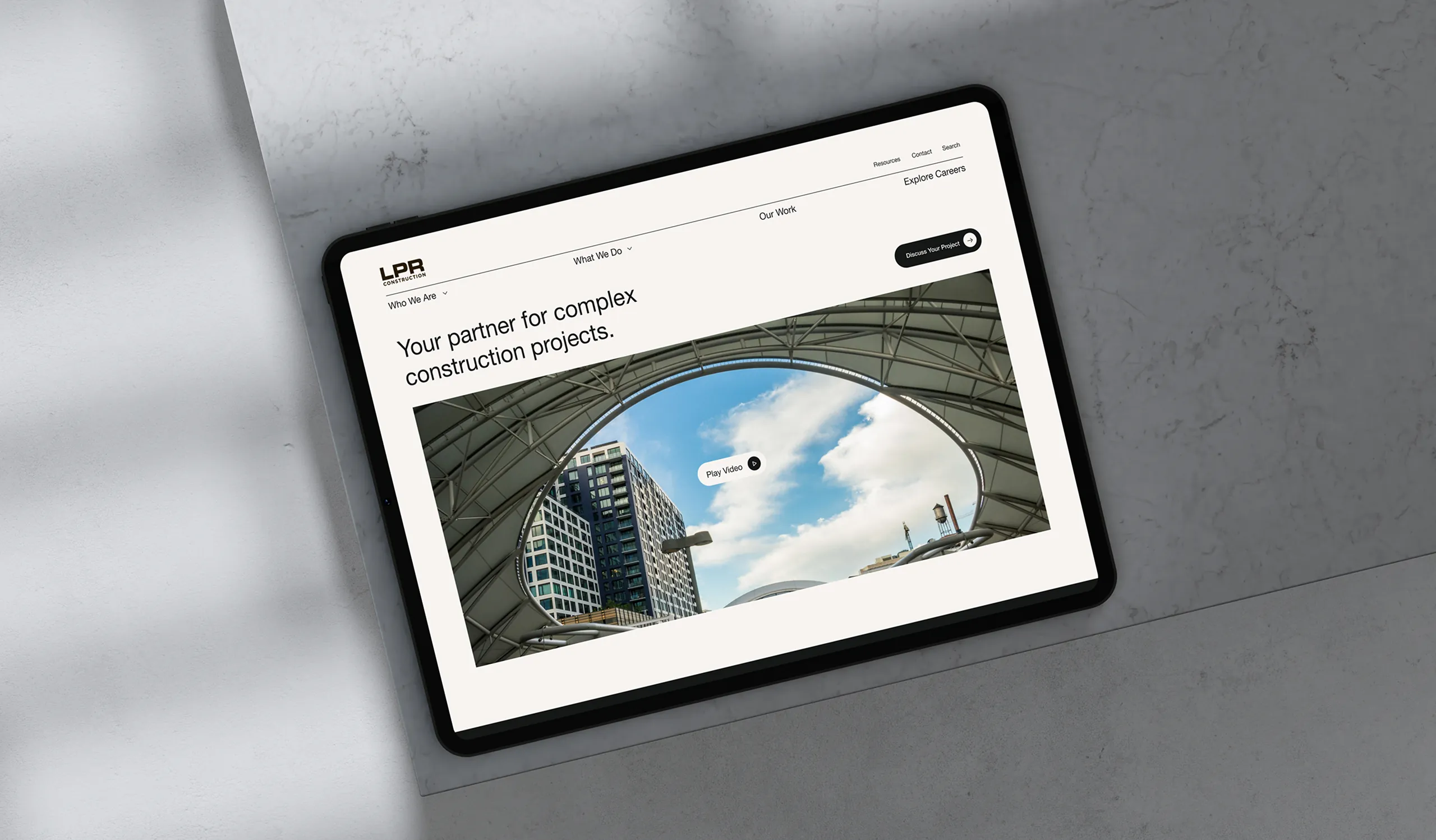You’ve likely heard the term AEO — but what exactly is it, and why does it matter now?
AEO — Answer Engine Optimization — is optimizing your website to show up in AI recommendations.
As AI search tools like ChatGPT, Gemini and Bing Copilot become the primary way people get answers online, brands must optimize to be the source those systems trust. That strategy is called Answer Engine Optimization (AEO) — and it’s quickly becoming a competitive advantage for the businesses who embrace it early.
AEO helps your brand become the answer AI recommends — not just another search result.
This article breaks down exactly what AEO is, why it matters, and how you can optimize your website for AI-powered discovery.
What Is AEO? (Definition)
AEO, or Answer Engine Optimization, is the practice of optimizing your website so AI search engines — like ChatGPT, Gemini, or Bing Copilot — can easily understand, retrieve, and present your content as the direct answer to a user’s question.
Instead of trying to rank on page one of Google, AEO focuses on:
- Answering questions clearly and concisely
- Structuring content in ways AI models can interpret
- Building trust signals so AI recommends your brand
- Becoming a preferred source for AI-generated responses
In other words…
SEO helps you get visible.
AEO helps you get chosen.
How to get discovered — and chosen — in AI-powered search.
Search has fundamentally changed.
Today, consumers go to AI tools like ChatGPT, Google Gemini, and Siri not to browse — but to get answers.
That shift is rewriting the rules of digital visibility.
In traditional SEO (Search Engine Optimization), the goal was ranking a webpage in Google results.
In AEO — Answer Engine Optimization — the goal is being the answer.
As zero-click search increases and AI tools summarize information directly in the browser, the brands that win are those whose content is trusted, structured, and immediately useful.
Google has already stated that structured, semantically rich content directly improves how their systems interpret and surface information.
Why AEO Matters Now
AI isn’t just influencing search — it is the search for many users.
According to leading industry research, over 75% of Google searches result in zero clicks — a trend accelerated by AI providing answers directly in the search results.
Here are the latest shifts:
- 75% of consumer searches are now zero-click
- AI assistants are rapidly replacing traditional lookup behavior
- Google requires more depth, expertise & structure to rank
- Unlimited answers → fewer website visits
If someone reaches your website today, they already asked AI a question that you’re supposed to solve.
These are not casual browsers — they are high-intent, conversion-ready visitors.
The brands that adapt will capture more demand with less traffic. You can alo get more information on how to optimize your website for AI search in our latest article.
AEO vs. SEO: What’s the Difference?
| Strategy | SEO | AEO |
|---|---|---|
| Goal | Rank webpages | Become the answer |
| Audience | Humans | Humans + AI models |
| Content style | Keywords + topics | Questions + context |
| Search type | Query → click | Query → response |
| Primary outcome | Visibility | Conversion-ready trust |
AEO doesn’t replace SEO — it evolves it.
SEO gets the click.
AEO wins the moment of truth.
What Is AEO in Marketing?
AEO in marketing is the strategy of shaping your digital presence around:
✅ Customer questions
✅ Search intent
✅ Frictionless decision-making
✅ Trust and expertise signals
It aligns perfectly with revenue outcomes:
- Shorter buying journeys
- More qualified leads
- Higher conversion rates
AEO isn’t just about answering — it’s about answering better than anyone else.
How Answer Engines Decide What to Recommend
AI systems select answers based on:
- Content structure (schemas, headings, markup)
- Context depth and clarity
- Authority and trust signals (E-E-A-T)
- Brand reputation and consistency online
- Measurable user experience + engagement metrics
If your content is shallow, unstructured, or brand-weak…
AI will choose someone else.
Gartner forecasts that websites reliant on long-tail SEO traffic are likely to feel this decline the most, as AI-provided answers eliminate additional browsing steps.
How to Optimize Your Website for AEO (The 7-Step Strategy)
To become the answer, your website must be:
- Understandable
- Contextually structured
- Trusted as a credible source
Here’s the exact roadmap:
01–Build your content around real questions
Use question-driven formatting:
Don't just list: “Services”
Instead:
✅ “What does a _____ cost?”
✅ “How does _____ work?”
✅ “What is the best _____ for _____?”
FAQ sections are now gold for AEO.
02–Strengthen your semantic structure
Use clear, descriptive:
- Page titles
- H1/H2/H3 hierarchy
- Bullet lists
- Glossaries of terms
- Internal linking
This helps AI understand relationships between concepts.
03–Implement structured data (schema markup)
This allows AI engines to “read” your content:
- FAQ schema
- How-to schema
- Product schema
- Organization schema
- Local business schema
The more meaning you provide, the more likely you are to be the answer.
04—Demonstrate authority with E-E-A-T
Google and AI models both reward:
- Expertise
- Experience
- Authoritativeness
- Trust
(This is also known as EEAT)
Proof examples:
- Bios for contributors
- First-party research
- Reviews & success stories
- Citing credible sources
Your brand reputation matters more than ever.
Google’s documentation reinforces that content demonstrating experience, expertise, authority, and trust is prioritized by systems powering AI answers.
05—Improve your site experience
AI favors websites that provide:
- Fast load times
- Mobile-first design
- Clear navigation
- Strong conversion pathways
Remember: AI sends only the most qualified traffic — don’t waste it.
06–Create topic depth & architecture
One article ≠ authority.
Create clusters that answer the full scope of a topic:
- Pillar page (main topic)
- Supporting articles (related questions)
- Smart cross-linking
You become the definitive resource.
07—Optimize for conversational search
Design content that sounds like how people actually ask:
“What is AEO SEO?”
“Is AEO better than SEO?”
“What’s the difference between AEO vs SEO?”
When you match user language → you match AI logic.
AEO + SEO: The Future of Digital Visibility
Think of SEO and AEO as two halves of a winning strategy:
- SEO = get found
- AEO = get chosen
Where SEO drives traffic…
AEO drives trust, clarity, and conversion.
The smartest brands are investing in both.
Who Should Prioritize AEO Right Now?
- Local businesses needing visibility in voice and AI search
- B2B brands with long consideration cycles
- eCommerce brands competing on expertise
- Any website wanting higher conversion rates
If you rely on organic traffic today…
You rely on AEO tomorrow.
Answer Engine Optimization (AEO) FAQ
What is AEO in marketing?
AEO is Answer Engine Optimization — a strategy to ensure AI platforms surface your content as the recommended answer to customer questions.
Is AEO the same as SEO?
No. SEO improves rankings.
AEO improves answer selection and conversion outcomes.
Can AEO improve leads and sales?
Yes — AEO visitors are high-intent prospects already seeking a solution.
Do I need AEO if I already do SEO?
Absolutely. AEO enhances SEO for future search behavior — not yesterday’s.
Final Takeaway: Authority Wins in the Age of AI
AI needs facts, trust, and clarity to choose your brand as the answer.
If your website isn’t structured for that future…
It will slowly disappear from the conversation.
But if you build:
- Clear questions
- Strong trust signals
- Structured data
- Deeper expertise
- Experience-driven UX
You’ll gain more customers with less traffic.
How Blennd can help
We design and build websites that are:
✅ AI-optimized
✅ High-performing for business outcomes
✅ Easy for people to understand and engage with
✅ Structured for future discovery and scaling
Ready to Become the Answer?
At Blennd, we build brands and websites that AI wants to recommend — and customers love to engage with.




